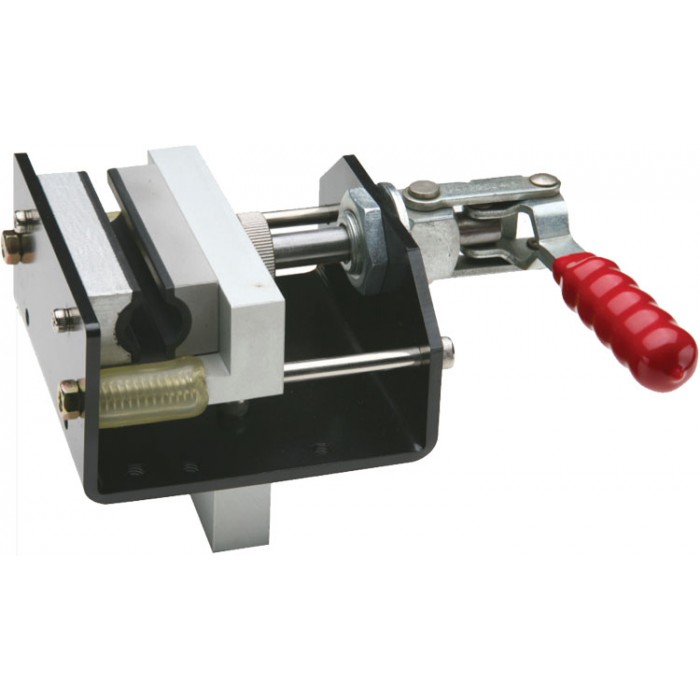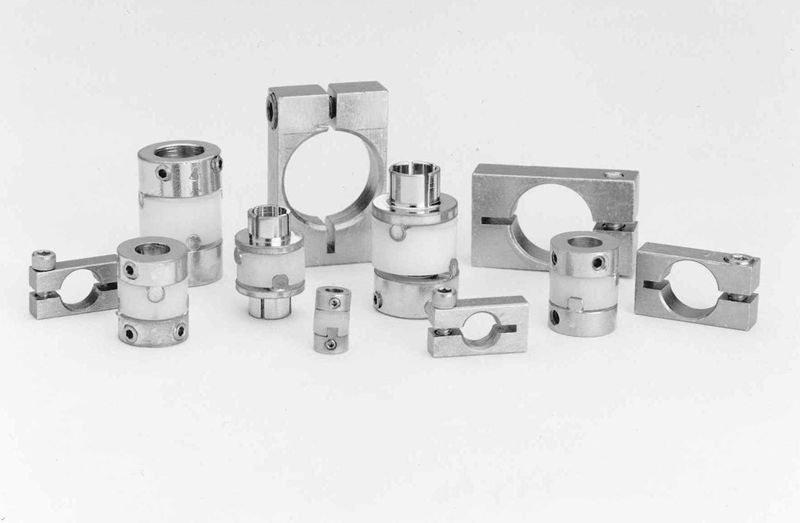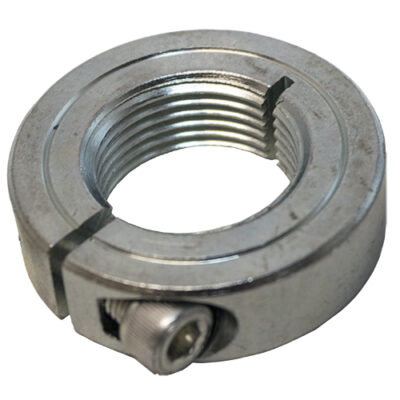Product Description
Customized Dog Harness With Control Handle And Seat Belt Restrain Capability
|
Product name |
High-quality Adjustable and Reflective Durable Dog Harness |
||||||
|
Material |
Durable Oxford and Pad |
||||||
|
Size/Color/Logo |
Welcome Customized, Make Your Product Unique |
||||||
|
Feature |
Padded, Sustainable, Personlized,Quick Release |
||||||
|
Custom Logo MOQ |
100PCS |
||||||
| In Stock | 10PCS | ||||||
|
Shipping method |
Ship by DHL, UPS, FedEx, TNT, EMS, air or sea etc |
||||||
|
Sample time |
7~15days |
||||||
|
Payment |
1. Trade Assurance Order,T/T, Paypal for small order |
||||||
Q: Can I get some samples?
A: Yes, sample orders are welcomed for testing the quality.
Q: Could I print my own brand logo?
A: Yes, customized logo on mass production is available.
Q: Why choose us? What are our advantages?
1. Over 10 years export experience
2. OEM/ODM available
3. In stock products, small quantity order is acceptable
4. Best service and fast delivery time
Q: What products you can provide?
A: Automatic Pet Feeder, Smart Pet Water Fountain, Portable Pet Water Bottle, Smart Pet Toy,
Automatic Retractable Leash, Harness and Collar.
Q: What payment method do you accept?
A: T/T, PayPal
Q: How long does my order take to be delivered?
A: It usually takes 5 to 30 days, depends on the quantity of your order and our storage.
| Suitable for: | Dog |
|---|---|
| Material: | PVC, Oxford |
| Type: | Buckle Collars |
| Width: | 2CM |
| Application: | Home, Training, Walking or Traveling |
| Size: | Adjustable, XL, XS, M, L, S |
| Samples: |
US$ 10/Piece
1 Piece(Min.Order) | |
|---|
| Customization: |
Available
| Customized Request |
|---|

What are the steps for replacing existing collars with steel collars in industrial settings?
Replacing existing collars with steel collars in industrial settings typically involves several steps to ensure a smooth and successful transition. Here are the general steps to follow:
- Assessment and Planning: Evaluate the existing collars and machinery to determine the type, size, and specifications of the collars to be replaced. Assess the specific requirements, operating conditions, and performance goals of the machinery to select suitable steel collars. Create a detailed plan that includes a timeline, required resources, and any necessary modifications to accommodate the new collars.
- Acquiring Steel Collars: Procure the appropriate steel collars based on the assessment and planning phase. Consider factors such as collar type (set screw collars, clamping collars, etc.), material (carbon steel, stainless steel, etc.), dimensions, and quantity required. Ensure that the selected collars are compatible with the shaft size and clamping mechanism of the machinery.
- Preparation: Before replacing the collars, prepare the machinery by shutting it down and following any necessary safety protocols. Remove any obstructions or debris near the collar area to provide clear access for the replacement process.
- Removal of Existing Collars: Use appropriate tools and techniques to remove the existing collars. Depending on the type of collar, this may involve loosening set screws, unclamping mechanisms, or disassembling collar components. Take care not to damage the shaft or surrounding machinery during the removal process.
- Cleaning and Inspection: Clean the shaft and surrounding areas to remove any dirt, debris, or remnants of the old collars. Inspect the shaft for any signs of wear, damage, or corrosion that may require additional attention or maintenance before installing the new collars.
- Installation of Steel Collars: Carefully position the steel collars on the shaft, ensuring proper alignment and fit. Follow the manufacturer’s instructions or recommended torque specifications for tightening set screws or clamping mechanisms. Use appropriate tools and techniques to secure the collars firmly in place, taking care not to overtighten or damage the collars or shaft.
- Testing and Adjustment: After installing the steel collars, test the machinery to ensure proper operation and performance. Check for any abnormal vibrations, misalignments, or issues that may indicate the need for further adjustment or fine-tuning. Make any necessary adjustments to achieve optimal performance.
- Documentation and Maintenance: Document the replacement process, including details of the steel collars used, any modifications made, and the date of replacement. Keep a record of maintenance schedules and any specific requirements for the new collars. Regularly inspect and maintain the collars to ensure their continued performance and longevity.
It’s important to note that these steps provide a general guideline, and the specific process may vary depending on the machinery, collar type, and industrial setting. It’s recommended to consult the manufacturer’s documentation, equipment manuals, or engage with experienced professionals for precise instructions and any specific considerations related to your industrial setting.

What are the different types of steel collars available in the market?
In the market, there are several different types of steel collars available, each designed to suit specific applications and requirements. Here are some common types of steel collars:
- Set Screw Collars: Set screw collars are one of the most common types. They feature a threaded hole and one or more set screws that are tightened against the shaft to secure the collar in place. Set screw collars are relatively easy to install and offer a secure grip, but they may cause localized stress concentrations on the shaft.
- Clamping Collars: Clamping collars, also known as split collars or double split collars, have a two-piece design. They consist of a collar with a split along its circumference and a clamping mechanism, often in the form of screws or bolts. When the screws or bolts are tightened, the collar clamps tightly around the shaft, providing a secure and evenly distributed grip. Clamping collars are often preferred when load distribution and precise alignment are important.
- One-Piece Clamping Collars: One-piece clamping collars are similar to clamping collars but feature a solid, one-piece construction. They have a single screw or bolt that tightens the collar around the shaft. One-piece clamping collars are known for their simplicity and ease of installation.
- Threaded Collars: Threaded collars have internal threads that allow them to be screwed onto a matching threaded shaft. They provide a secure attachment and are often used in applications where frequent disassembly or adjustment is required.
- Flanged Collars: Flanged collars have an extended flange portion that provides additional support and stability. The flange can serve as a stopping point for other components, preventing axial movement along the shaft.
- Two-Piece Collars: Two-piece collars consist of two separate halves that are bolted or clamped together around the shaft. This design allows for easy installation and removal without the need to slide the collar along the shaft. Two-piece collars are often used in applications where disassembly or repositioning is frequent.
- Specialty Collars: In addition to the common types mentioned above, there are specialty collars designed for specific applications. These may include collars with keyways for precise shaft positioning, collars with tapped holes or threaded bores for attaching additional components, or collars with specific features for compatibility with certain equipment or systems.
It’s important to select the appropriate type of steel collar based on the specific application requirements, load conditions, ease of installation, and any other relevant factors. Manufacturers and suppliers typically provide specifications and guidelines for each collar type to help users make informed decisions.

Are there reviews on popular brands of steel collars for user feedback?
Yes, there are reviews available for popular brands of steel collars that provide valuable user feedback. When considering steel collars from different brands, it can be helpful to consult these reviews to gather insights about the product quality, performance, and overall customer satisfaction. Here are some sources where you can find reviews:
- Online Retailers: Websites like Amazon, Grainger, and McMaster-Carr often have customer reviews and ratings for steel collars. These platforms allow verified buyers to share their experiences and opinions about the products they have purchased. Reading these reviews can give you an idea of the pros and cons of different brands and models.
- Industrial Forums and Communities: Online forums and communities dedicated to industries like manufacturing, mechanical engineering, or industrial equipment may have discussions and threads where users share their experiences with specific brands of steel collars. Participating in these communities and asking for recommendations or feedback can provide valuable insights from professionals in the field.
- Company Websites: Some manufacturers and suppliers of steel collars include customer testimonials or reviews on their own websites. These reviews are often curated to showcase positive feedback, but they can still give you an indication of customer satisfaction and the brand’s commitment to quality.
- Social Media: Brands and manufacturers often have a presence on social media platforms such as Facebook, Twitter, or LinkedIn. Checking their social media pages may provide access to user comments, reviews, or discussions related to their steel collars. Social media can be a platform for direct interaction with the brand and other users, allowing you to ask questions or seek further feedback.
When reading reviews, it’s important to consider a few factors:
- Credibility: Verify the credibility of the source providing the review. Look for reviews from reputable platforms or trusted industry professionals.
- Quantity and Consistency: Consider the overall quantity of reviews and look for consistency in the feedback. A larger number of reviews can provide a more representative sample of user experiences.
- Context: Pay attention to the specific context in which the steel collars are being reviewed. Consider factors such as the application, load capacity, environmental conditions, and other requirements that may differ from your own use case.
- Balance: Take into account both positive and negative reviews. While positive reviews can indicate a good product, negative reviews may highlight potential issues or limitations that are important for your decision-making process.
By consulting reviews from various sources, you can gather user feedback and make a more informed decision when selecting steel collars from popular brands. Remember to balance the reviews with your specific requirements and consult with reputable suppliers or manufacturers for further guidance.


editor by CX 2023-12-07